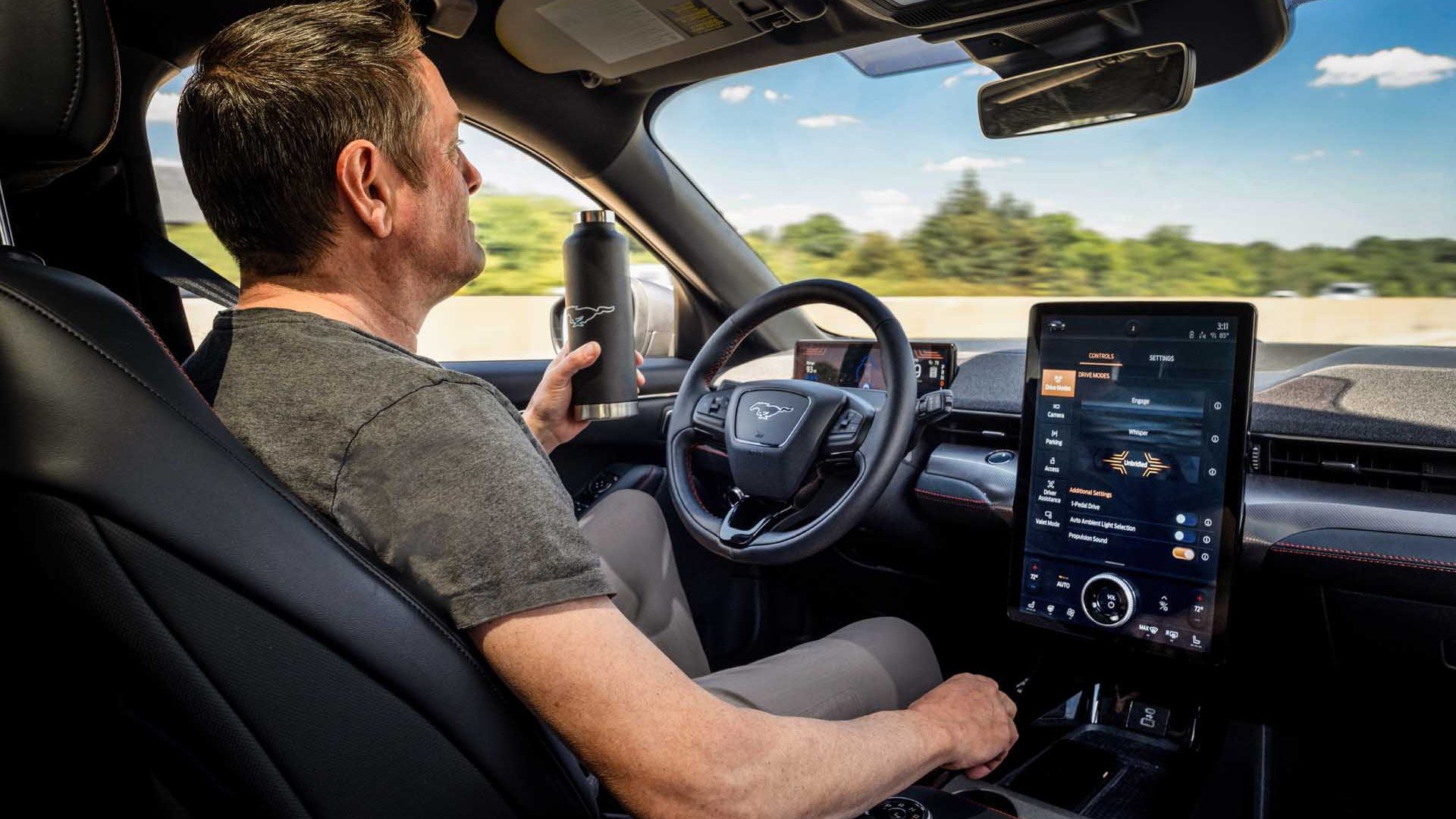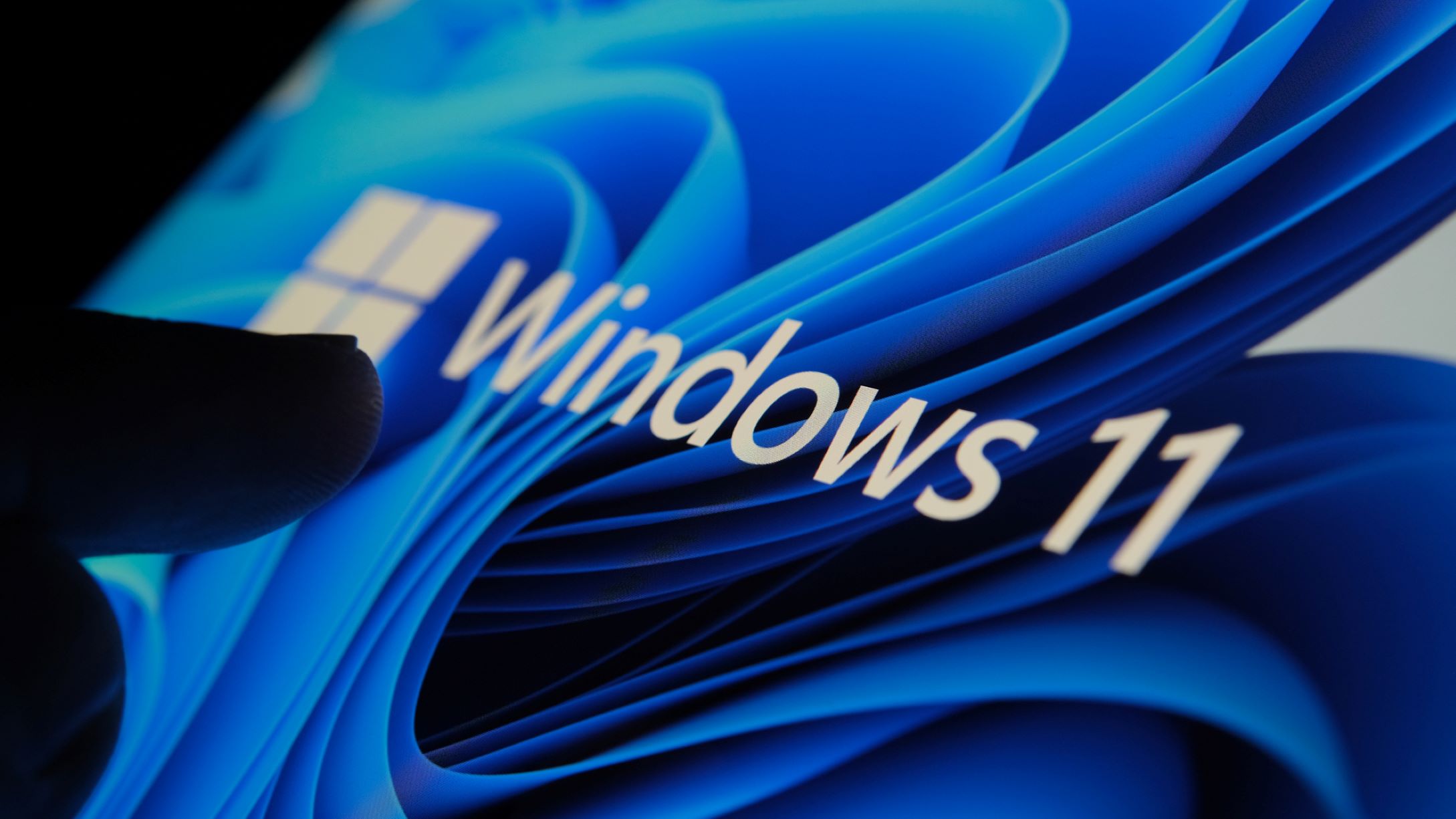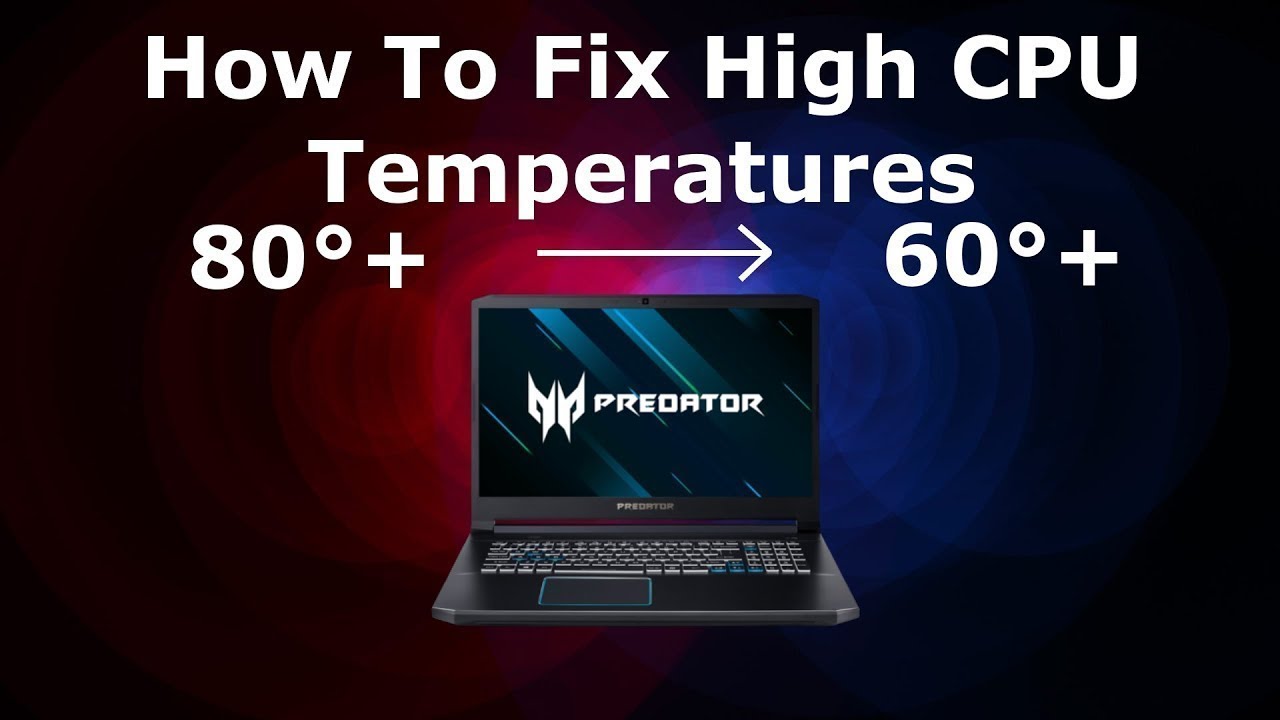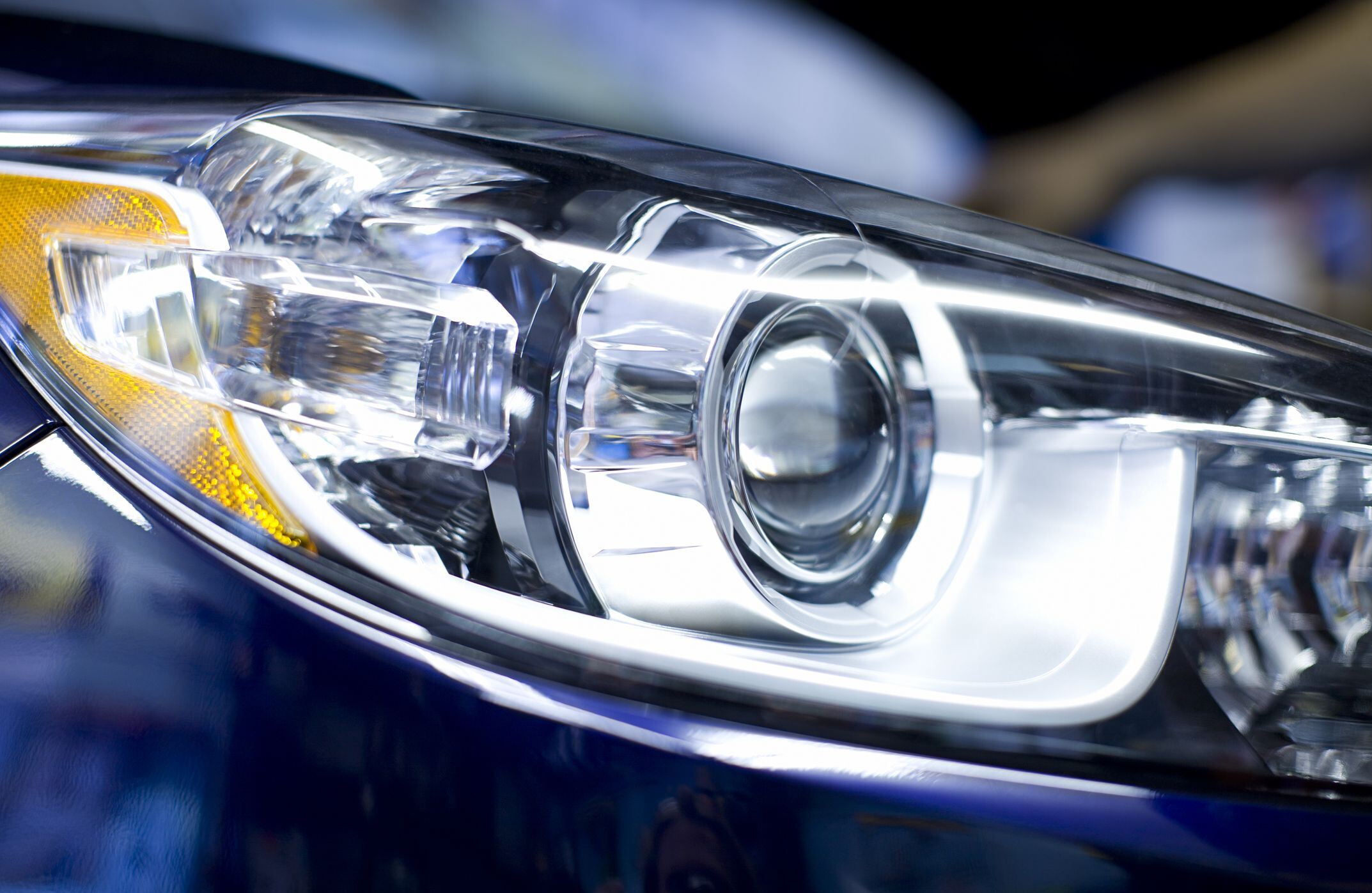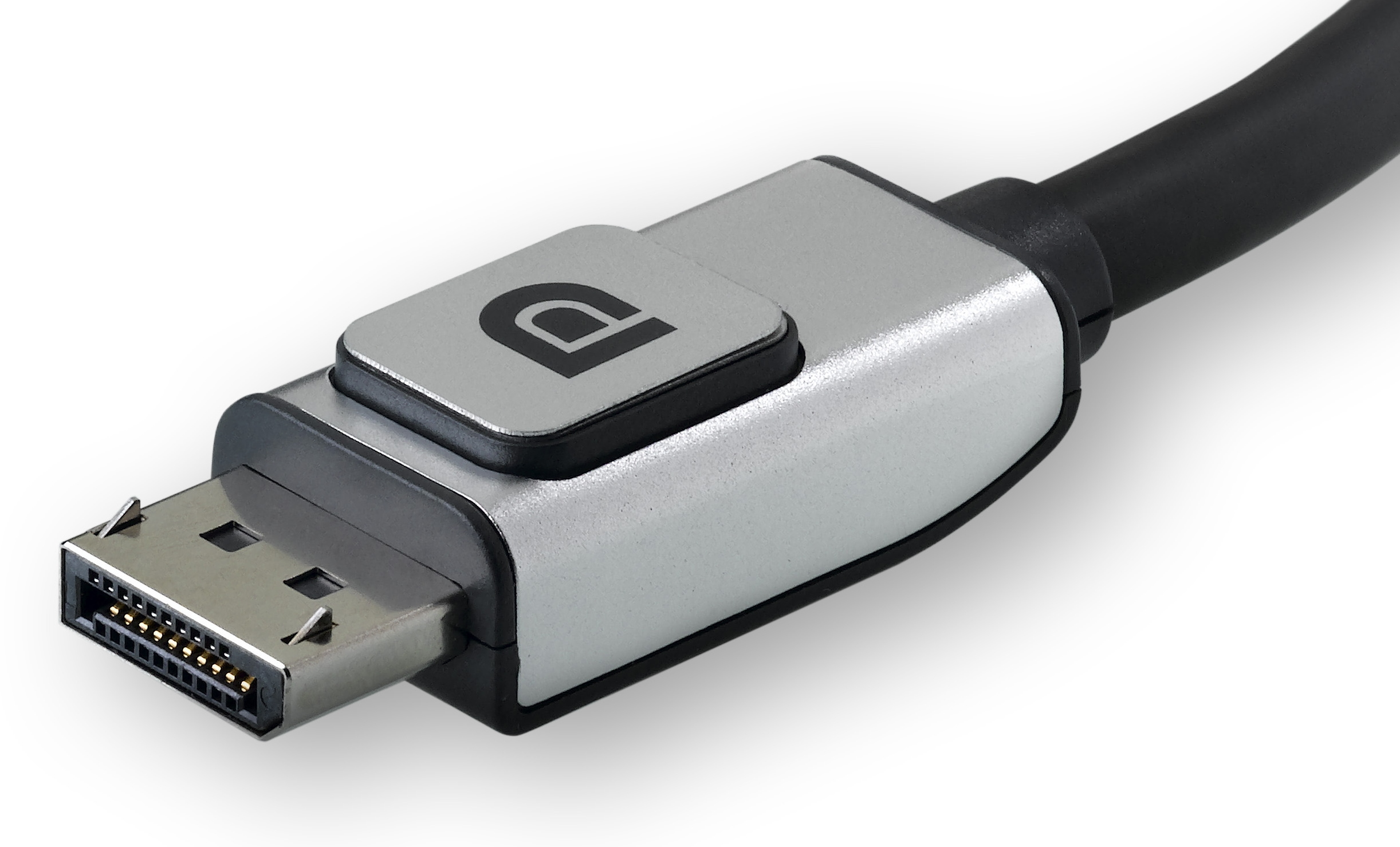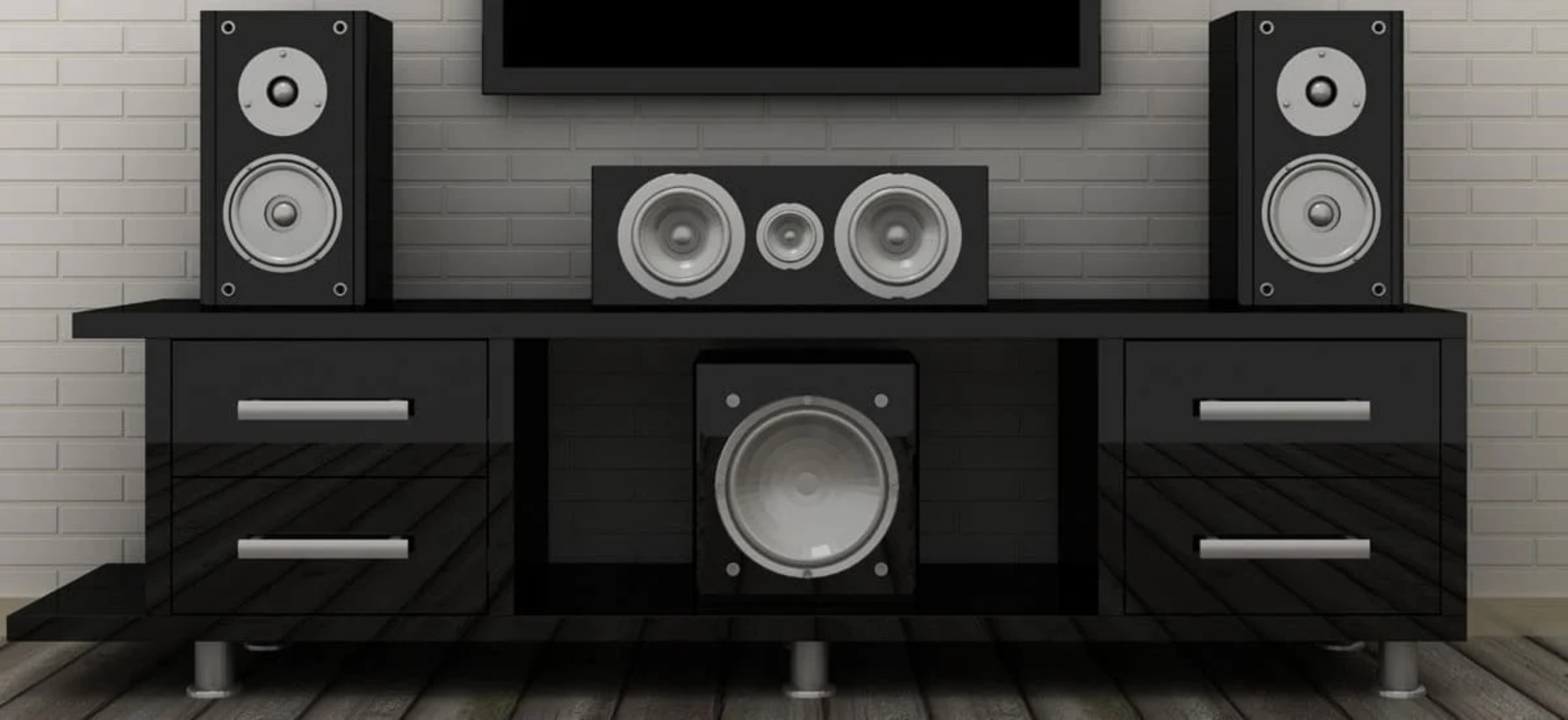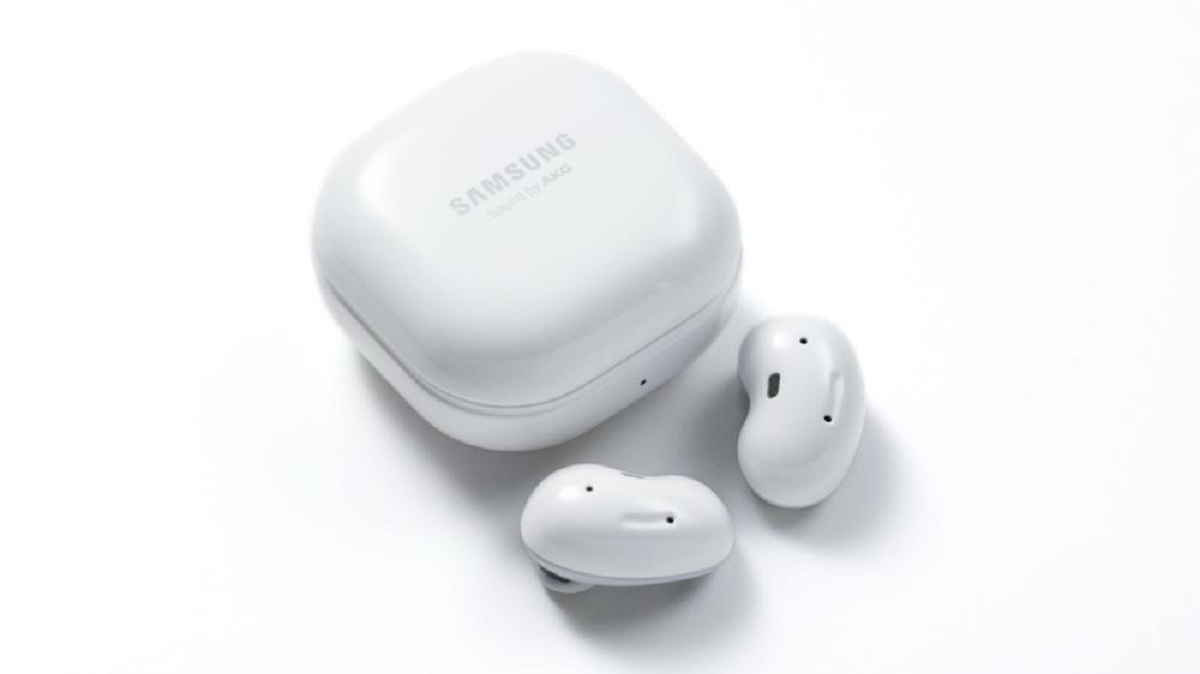Key Takeaway
While each driver assist system has its strengths and limitations, Chevrolet Super Cruise and Ford BlueCruise emerged as top contenders for their seamless hands-off driving and effective lane changes. However, with the continuous evolution of these systems, all manufacturers are expected to enhance their functionality to provide safer and more convenient driving experiences.
The automotive industry has evolved to enhance vehicular safety, with in-car systems now also marketed as quality-of-life improvements. These advanced driver assistance systems (ADAS) are no longer just for concerned parents, but are positioned as next-generation helpers and onboard luxury assets for stressed-out business people. But how do these systems from Tesla, BMW, Ford, GM, and Mercedes compare in making your commute easier, and are they worth the considerable price of entry?
The Cars and Testing
We tested the following driver assist systems in their respective cars:
- BMW Highway Assistant: 2023 BMW i7 xDrive60
- Chevrolet Super Cruise: 2023 Chevrolet Suburban 4WD High Country
- Ford BlueCruise: 2023 Ford Mach-E Premium AWD
- Mercedes-Benz Active Distance Assist Distronic with Active Steering Assist and Drive Pilot: 2023 Mercedes-Benz EQS
- Tesla Full Self-Driving: 2021 Model Y with FSD beta software version 11.4.2
All cars, except the Mercedes-Benz, were tested on a fixed loop in New York State, including rural roads, single carriageways, and divided highways. The Mercedes-Benz system was tested on a separate loop around Los Angeles due to legal restrictions. Each system was evaluated for its performance and ease of use in various driving conditions.
BMW Highway Assistant
Costing $2,100, BMW’s Highway Assistant offers hands-off driving on highways and advanced lane-keep assistance on rural roads. It relies on capacitive touch sensors and provides visual and auditory cues to ensure driver attention. The system worked well overall but has limitations, such as the inability to automatically adapt to changing speed limits and lack of automatic lane changes.
Chevrolet Super Cruise
Available for upwards of $2,200, Super Cruise offers hands-off driving on divided highways and performs automatic lane changes. It worked seamlessly during testing, with the ability to complete lane changes automatically and maintain smooth, confident driving. However, it occasionally lingered in the left lane for too long after a pass.
Ford BlueCruise
Priced at $2,100 for the first three years, BlueCruise provides hands-off driving on divided highways and offers automatic lane changes. The system worked flawlessly during testing, with smooth automatic lane changes and effective driver monitoring. However, the cost jumps to $75 monthly after the initial three years.
Mercedes-Benz Active Distance Assist Distronic and Drive Pilot
Mercedes-Benz offers two systems – Active Distance Assist Distronic and Drive Pilot. Distronic is a hands-on system that provides excellent lane-keeping and adaptive cruise control. Drive Pilot, on the other hand, offers a taste of autonomous driving but with limited functionality and a high annual cost of $2,500.
Tesla Full Self-Driving
Tesla’s Full Self-Driving, priced at $199 monthly or $12,000, is unique in that it does not restrict usage. However, the system showed limitations on urban and rural streets and had lax driver monitoring. It performed reasonably well on the highway but is the most expensive option with room for improvement.







